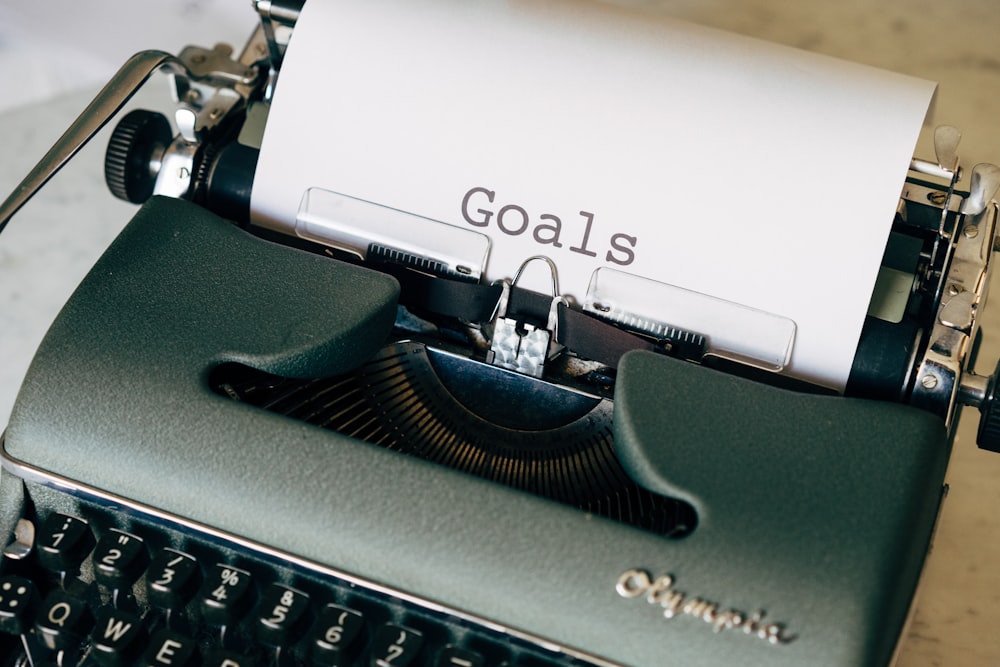“A goal properly set is halfway reached.” — Zig Ziglar
As parents and educational professionals, we work hard to ensure our children get what they need to grow into independent and productive citizens to the best of their abilities. We have plans for their future but those plans don’t come to fruition without targeted goals. Goals require planning and educating ourselves on the whole child. We cannot make plans about what’s best for a child based on what we see at a certain time in the classroom each day. We must be aware of the past, present, and future plans in order to ensure that appropriate goals can be developed.
The first step in knowing the learner is to research the etiology of the child’s disabling conditions. For example, if an individual has been diagnosed with Charge Syndrome, components of that syndrome should be addressed and accommodated for in IEP goals. If goals are not appropriate for the learner, proper support is not being provided to them. Creating incremental, achievable steps based on the learner’s individual needs is vital to the IEP goal writing process. The Texas School for the Blind and Visually Impaired (TSBVI) has created a very helpful checklist of goal components called the Quality Indicators Form for Students with Deafblindness.
The TSBVI Quality Indicators form provides a great basis for developing goals and ensuring that all details are addressed in ten different areas. Make it a goal for yourself to research and complete the form with your team based on a learner with deafblindness! It’s a great tool to help ensure that you are meeting the needs of the student. Once you give it a try with your team, please share your thoughts with us in the area below. We would love your feedback!
Julie Brickhouse, M.Ed.,NBCT, East Carolina University DeafBlind Project Teacher Support Program, Technical Assistance Consultant
Photo by Markus Winkler on Unsplash


